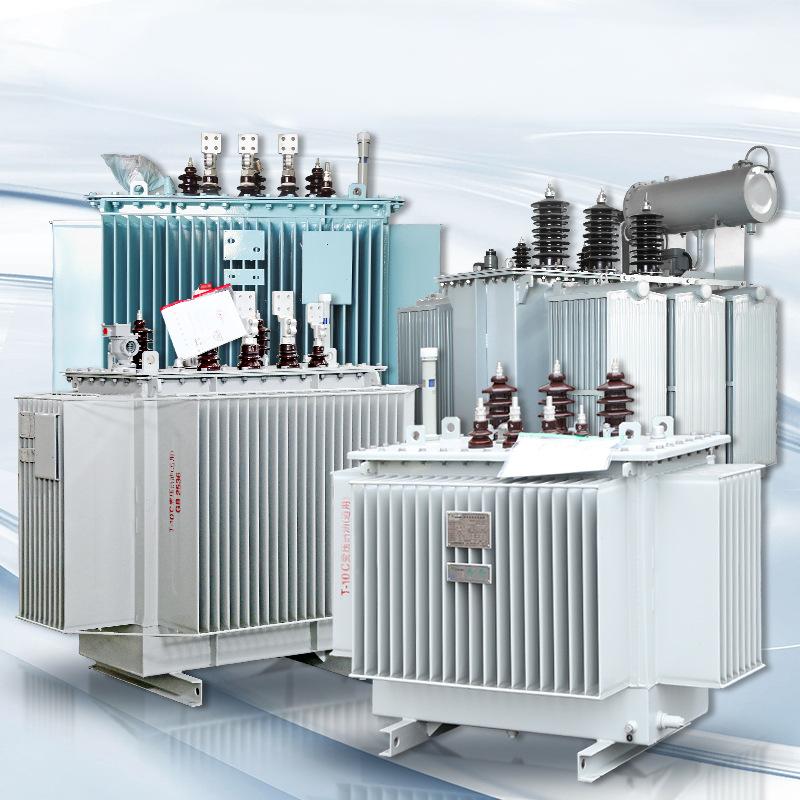
Modern society depends on a continuous and efficient flow of electricity. To achieve this, the power grid must rely on equipment that can adapt high transmission voltages to the levels suitable for consumption. Distribution transformers make this transition possible, ensuring electricity reaches homes, businesses, and industries safely. Voltage ratings such as 10 kV, 11 kV, 20 kV, 33 kV, and 35 kV are among the most common in medium-voltage systems, each tailored to different infrastructure and operational needs.
Characteristics of Each Voltage Class
10 kV
A popular choice in community-level networks, the 10 kV transformer is compact and reliable. It provides energy to small urban blocks, rural grids, and utility extensions where demand is stable but limited.
11 kV
Known for its universal application, the 11 kV transformer has become the standard voltage in many countries. Its adaptability makes it suitable for both residential clusters and commercial establishments, offering consistent performance in a variety of load conditions.
20 kV
This class is often used in regions with more advanced distribution frameworks. Its higher operating level allows utilities to reduce current levels, thereby cutting down on losses and improving efficiency across long-distance feeders.
33 kV
Designed for higher-capacity distribution, the 33 kV transformer is critical in supplying industrial operations, large campuses, and regional substations. It plays a strategic role in connecting sub-transmission systems to localized distribution networks.
35 kV
Common in China and other Asian countries, the 35 kV unit is an essential link between bulk power transmission and local consumption. Its robust design enables it to withstand heavy loads and maintain stability even under demanding conditions.
Advantages of Medium-Voltage Distribution Transformers
Employing transformers within these voltage classes brings significant benefits:
Efficiency improvement: Optimized voltage reduces technical losses.
Operational reliability: Designed with protective mechanisms to handle fluctuations and overloads.
Scalable capacity: Voltage ratings accommodate both small communities and large industries.
Adaptation to regional standards: Different ratings ensure compatibility with local grid codes worldwide.
Conclusion
Distribution transformers rated at 10 kV, 11 kV, 20 kV, 33 kV, and 35 kV are not just electrical equipment; they are the foundation of dependable power systems. Each voltage class supports specific applications, from small residential areas to heavy industrial operations. As power networks expand and renewable energy integration becomes more widespread, these transformers will continue to play a vital role in creating sustainable and resilient energy infrastructure.















